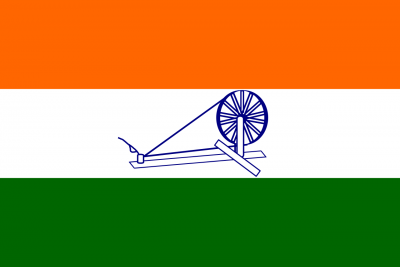
Indians dreamt of a free nation. But the Simon Commission instigated a difference of opinion among Indians regarding self-government.
Only Gandhiji was capable of mending this gap. Despite the fact that Indians were suspicious of the intentions of the British, they were unified in their desire for the making of a free India. Thus, the Congress decided to celebrate the Purna Swaraj declaration, or the announcement of the Indian Independence. Gandhiji hoisted the Indian flag on 31st December 1929, in Lahore.
The Indian flag was hoisted publicly everywhere by the congress volunteers. People were asked to celebrate Independence Day on 26th January.
Gandhiji and other Indian leaders began to plan for a massive non-violent campaign to encourage the common people to embrace peace, even if they were attacked by the British.








